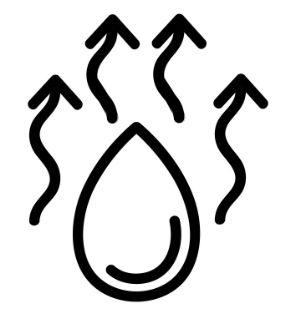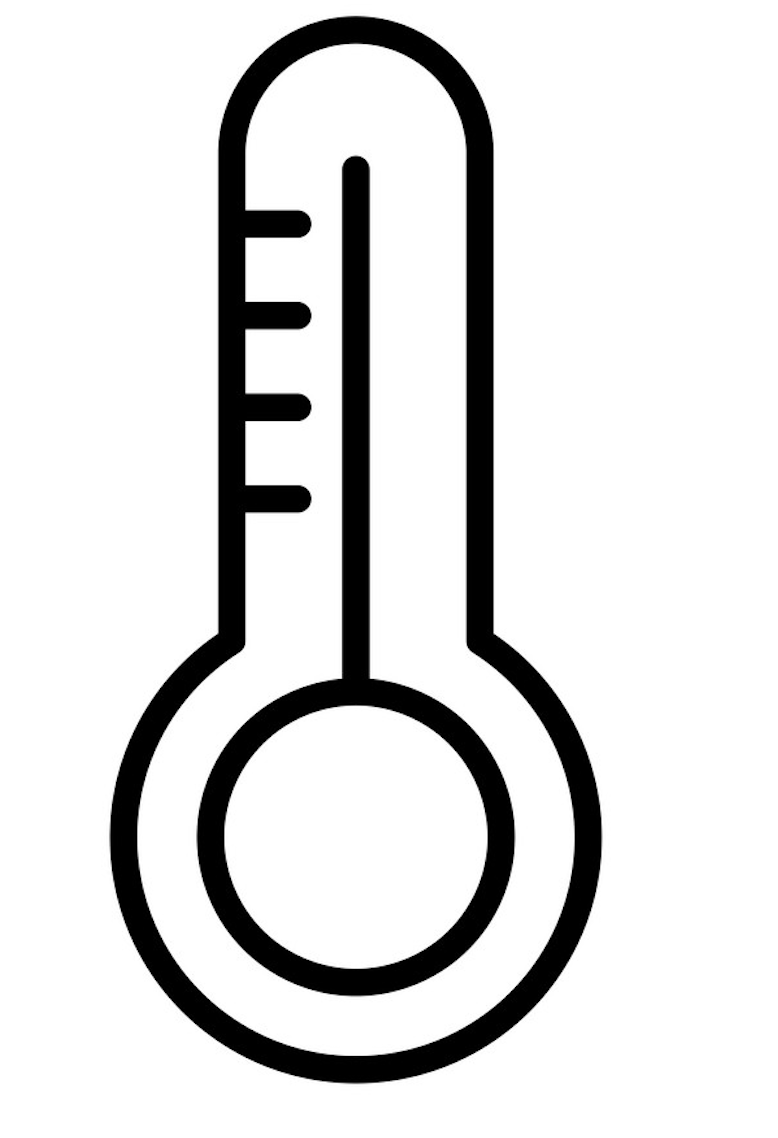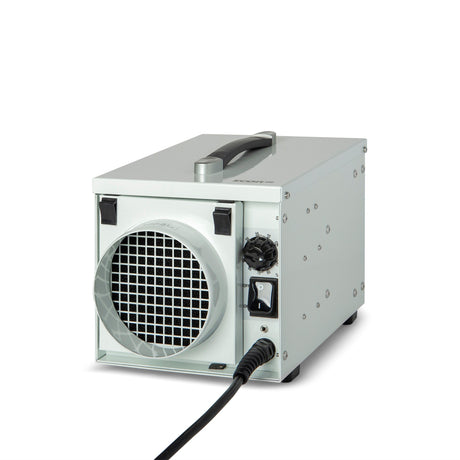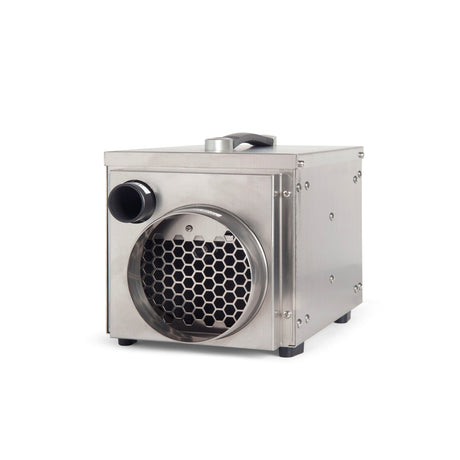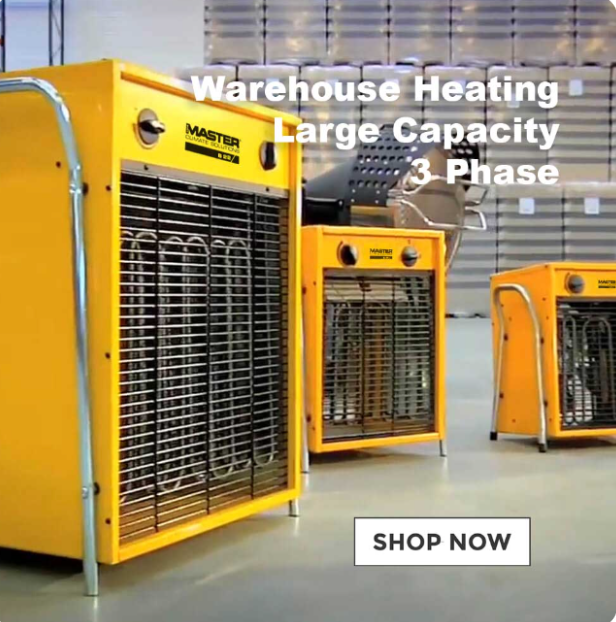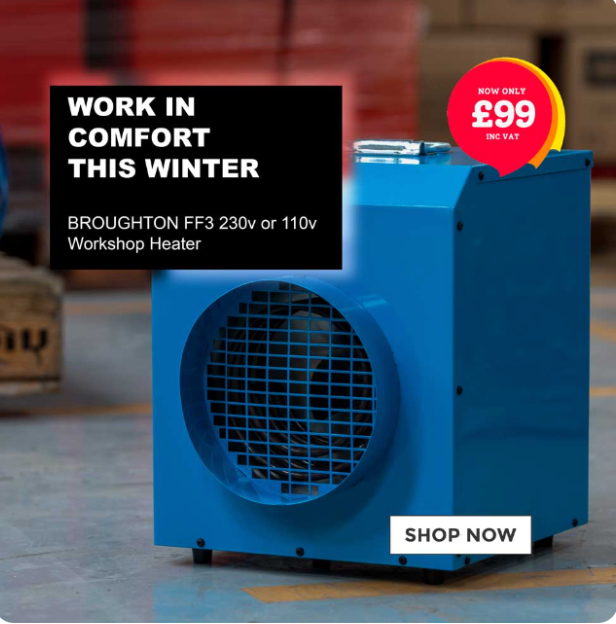Understanding capacity needs is crucial when selecting a commercial desiccant dehumidifier, as it determines how well the unit can handle the space.
Larger rooms or high-humidity environments require models with higher extraction rates to manage moisture effectively. A unit with insufficient capacity may struggle, leading to slower or incomplete moisture removal, which could impact the space’s condition.
On the other hand, a well-matched capacity ensures the dehumidifier operates efficiently, maintaining optimal humidity levels with ease. Proper capacity selection enhances performance and ensures reliable moisture control for the intended area.

